6 Free Light Blue Color transparent PNG images
Discover our curated collection of 6 free AI-generated images showcasing the serene Light Blue Color tag. Browse through an extensive array of high-quality stock photos, 3D objects, vectors, and illustrations that capture the essence of this calming hue. Each image is available for high-resolution download, and you can utilize our innovative 'open in editor' feature on any image's detail page to fine-tune the prompt and regenerate variations that perfectly match your vision.
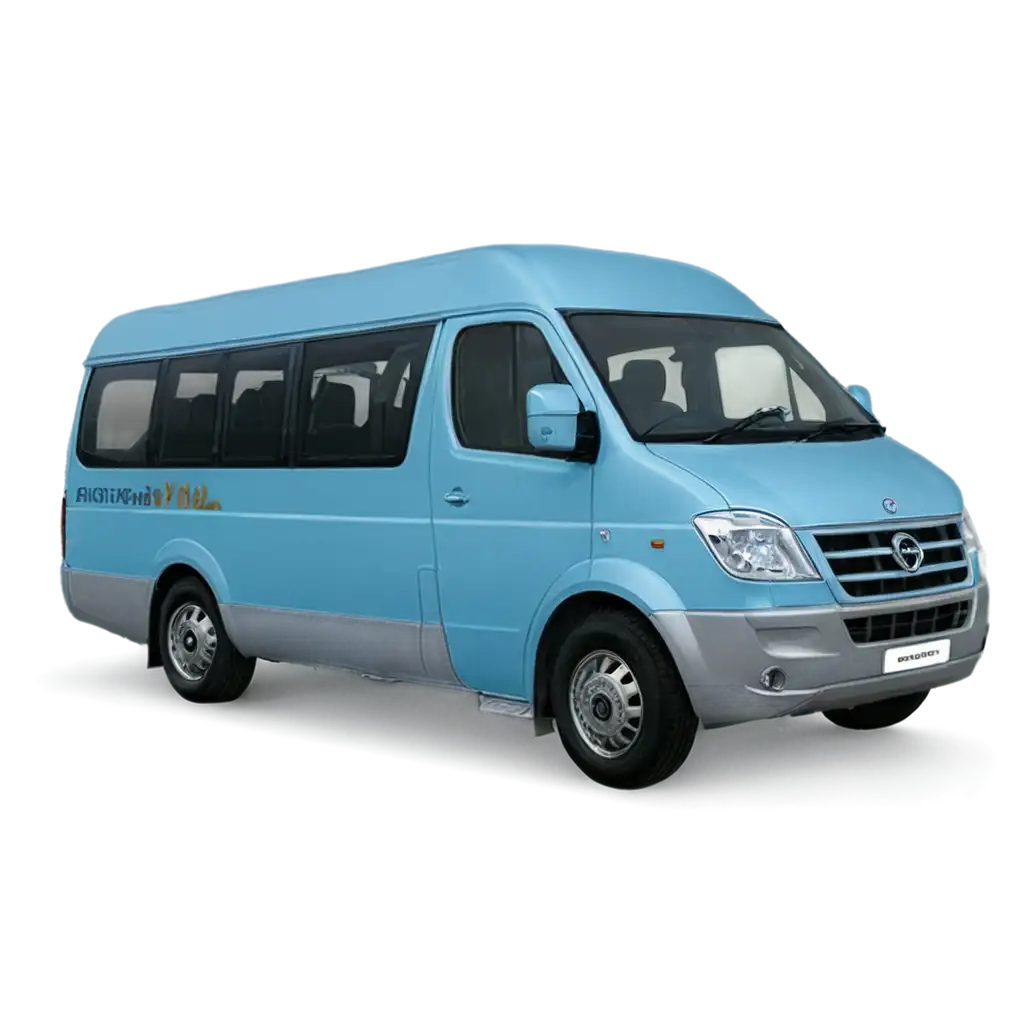
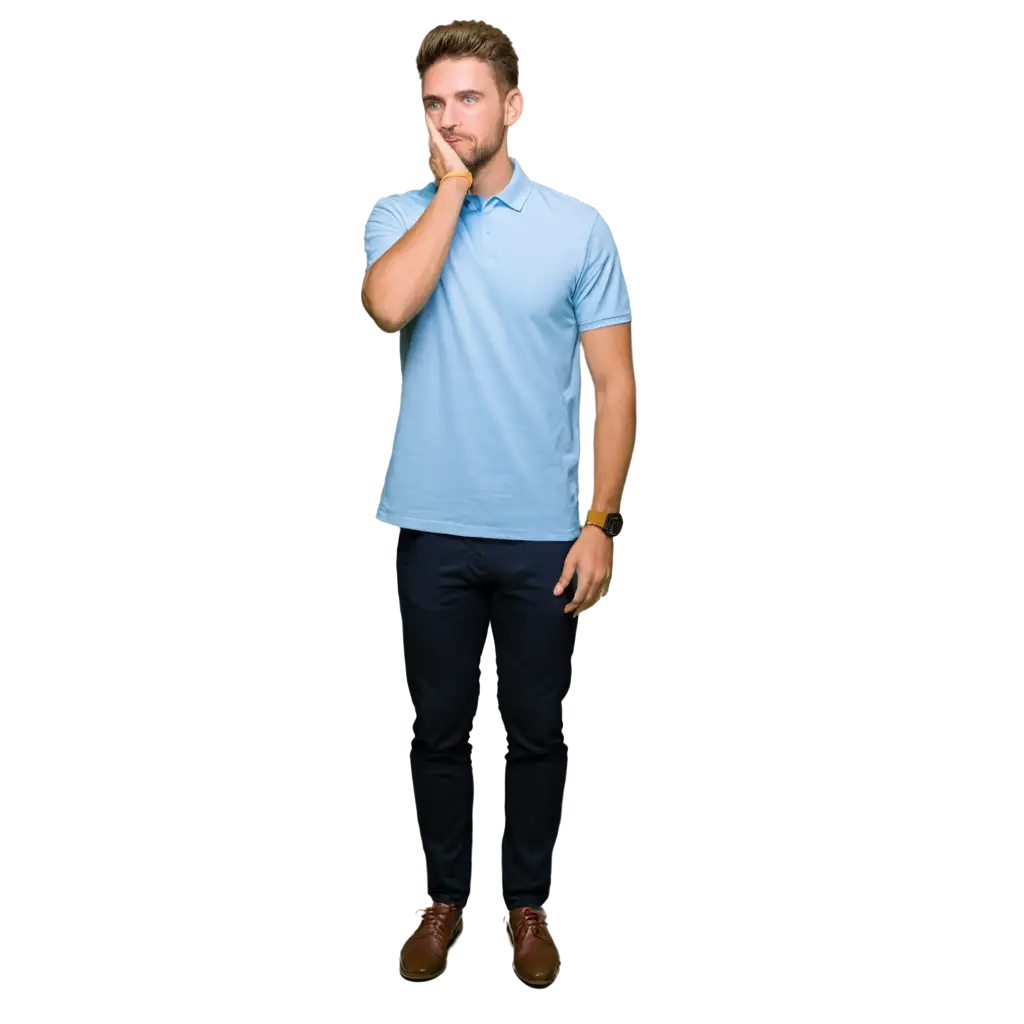
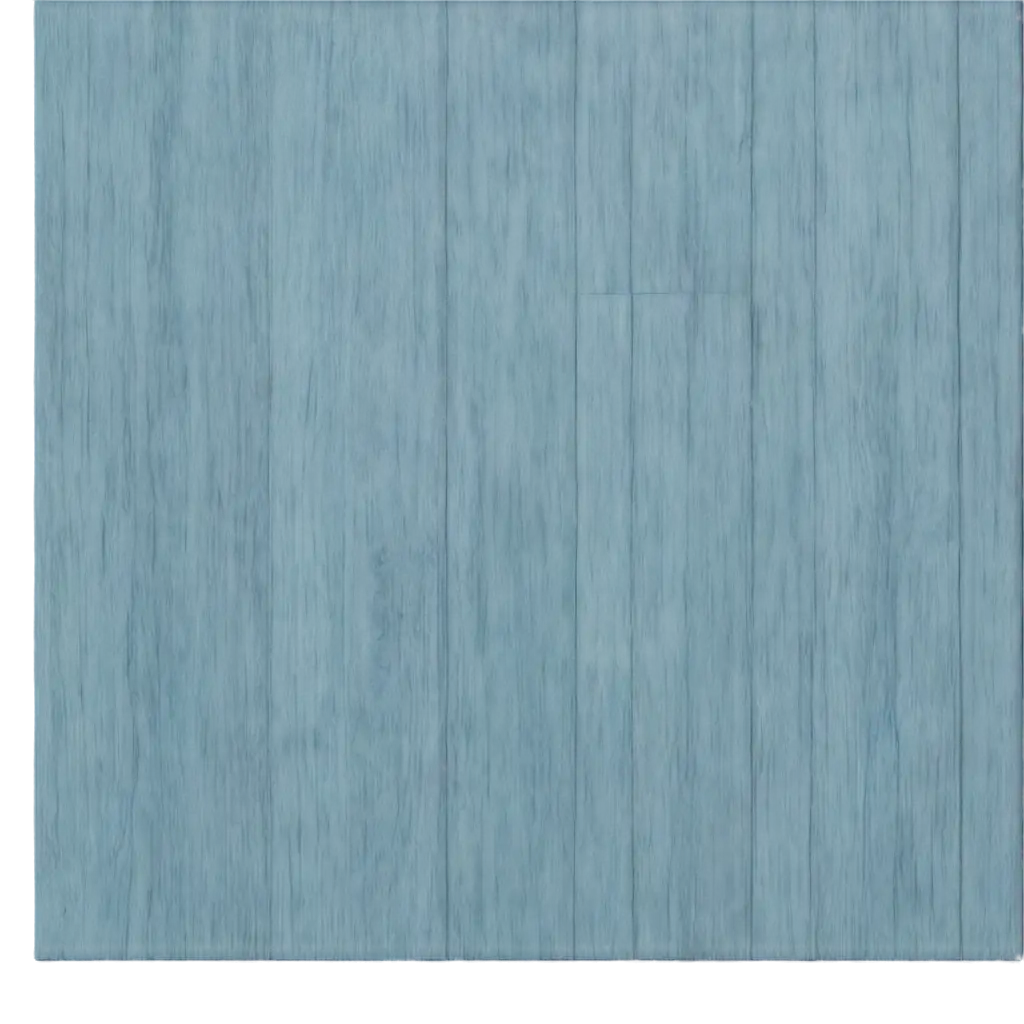
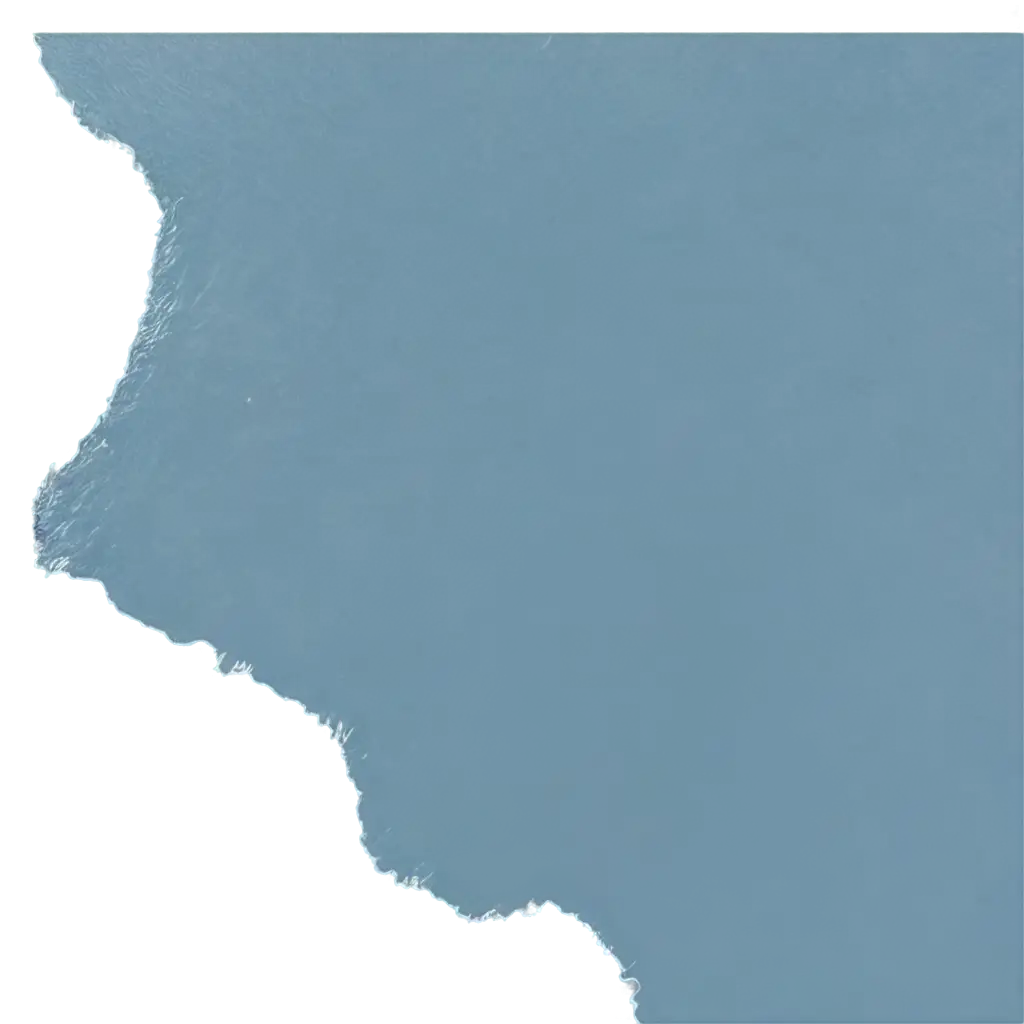
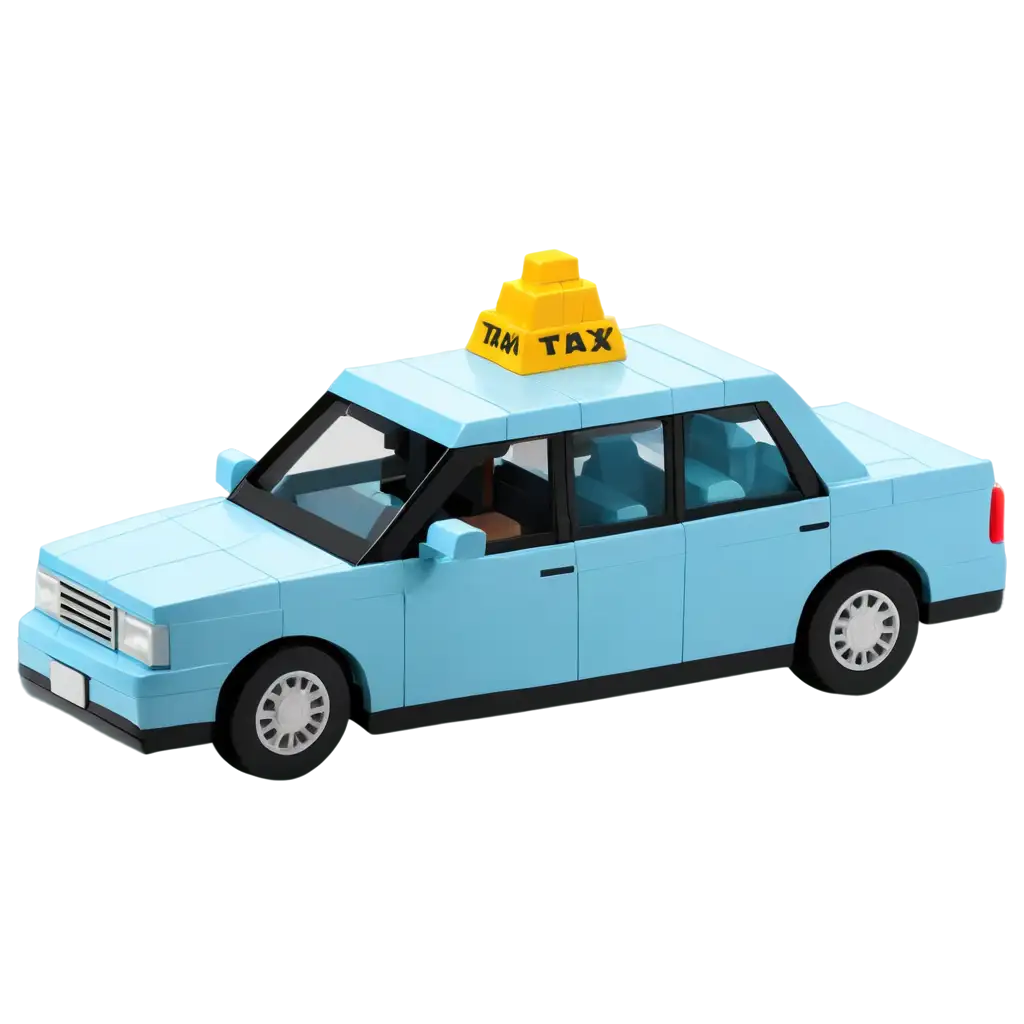
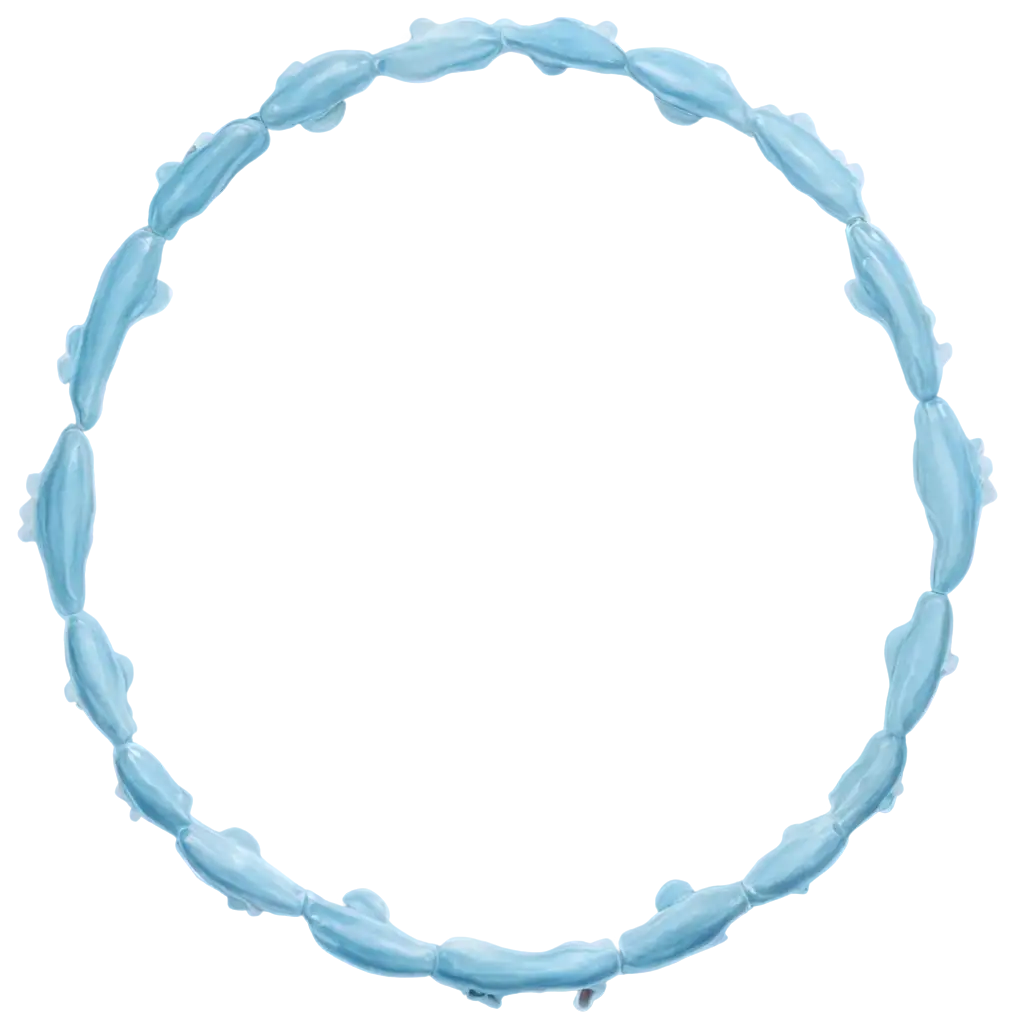
Related Tags
Light blue, a color that sits between cyan and azure in the color spectrum, holds significant psychological and emotional weight in digital art. In AI-generated imagery, it's particularly valued for its ability to convey tranquility, clarity, and spaciousness. The color's wavelength (approximately 470-480 nanometers) creates a naturally calming effect on viewers, making it a popular choice for backgrounds, atmospheric elements, and mood setting in digital compositions. Studies show that light blue can lower blood pressure and heart rate, explaining its widespread use in wellness and healthcare-related imagery.
Understanding Light Blue: Psychology and Visual Impact in Digital Art
Light blue finds diverse applications across various AI-generated art styles and formats. In landscape imagery, it's essential for creating realistic skies, water bodies, and atmospheric perspective. For abstract compositions, light blue helps establish depth and dimension through subtle gradients. In product photography, it serves as a neutral yet engaging background that enhances object presentation. The color's versatility extends to architectural visualization, where it's used for glass surfaces, reflections, and ambient lighting effects. UI/UX designers frequently incorporate light blue elements to improve readability and create a sense of trustworthiness in digital interfaces.
Creative Applications of Light Blue in AI-Generated Imagery
When generating AI images featuring light blue, several technical considerations come into play. The RGB values typically range from (173, 216, 230) to (176, 224, 230) for classic light blue shades. Successful prompts often include specific descriptors like 'powder blue,' 'sky blue,' or 'azure tint' to achieve desired variations. Lighting conditions significantly impact the color's appearance - diffused lighting enhances its softness, while direct lighting can create striking contrasts. Advanced techniques include using complementary colors like coral or peach to create dynamic compositions, and implementing color theory principles to achieve harmony in multi-colored designs.
Technical Aspects of Creating Light Blue AI Art
The evolution of AI image generation is pushing the boundaries of how light blue is utilized in digital art. Emerging trends include the use of light blue in neomorphic design, where subtle shadows and highlights create sophisticated 3D effects. We're seeing increased experimentation with light blue in cyberpunk aesthetics, where it's combined with neon accents for futuristic compositions. The color is also gaining prominence in minimalist designs, where its subtle variations can create depth without compromising simplicity. As AI technology advances, we anticipate more nuanced control over color gradients and atmospheric effects, allowing for even more sophisticated applications of light blue in digital art.
Future Trends in Light Blue Digital Aesthetics